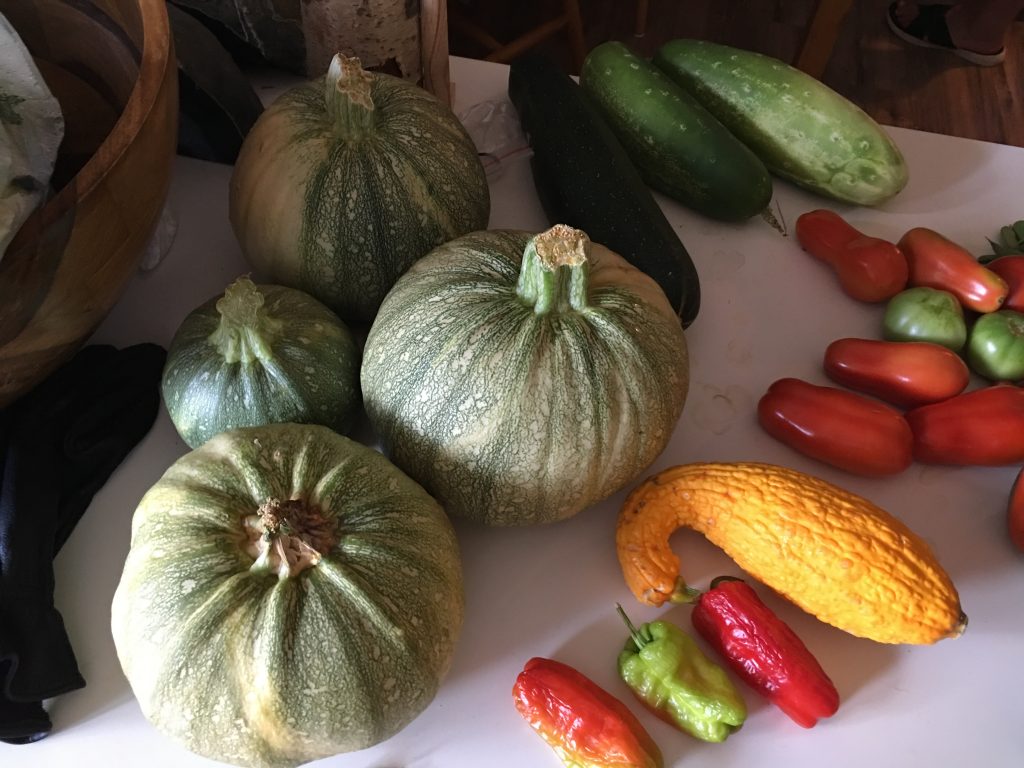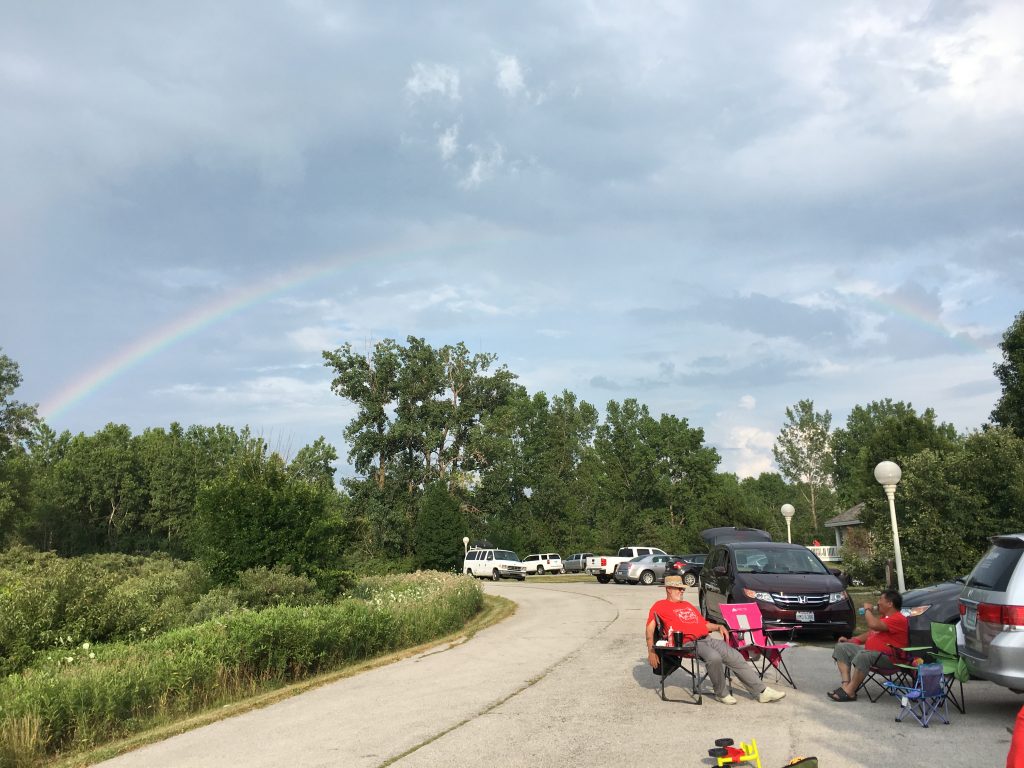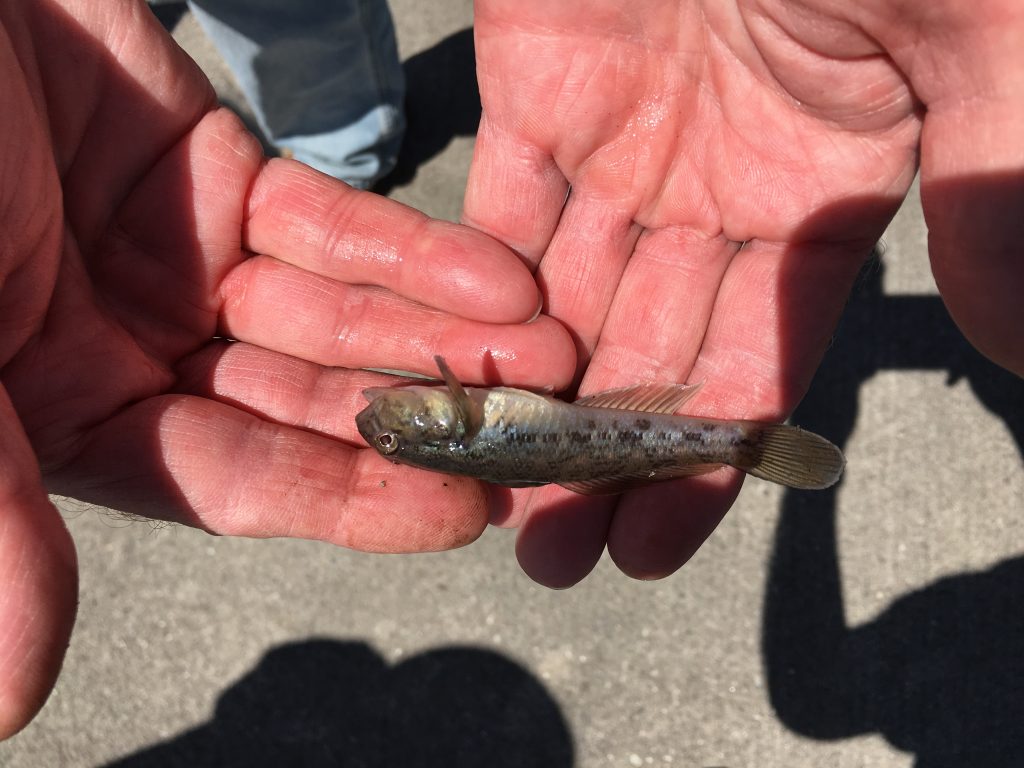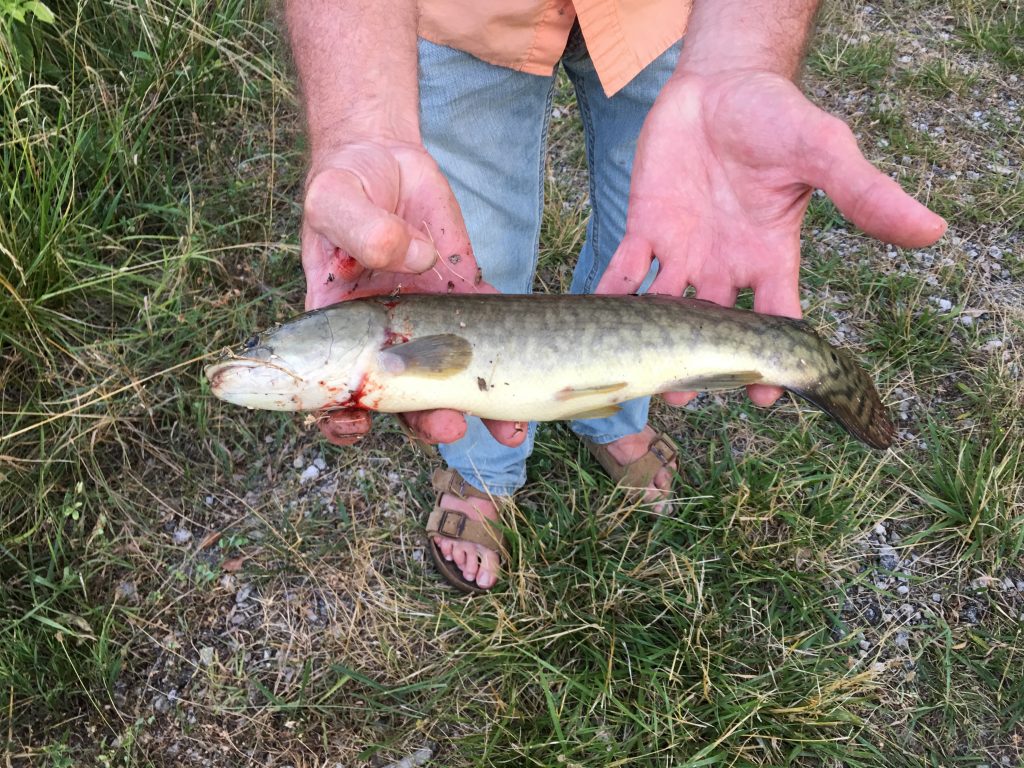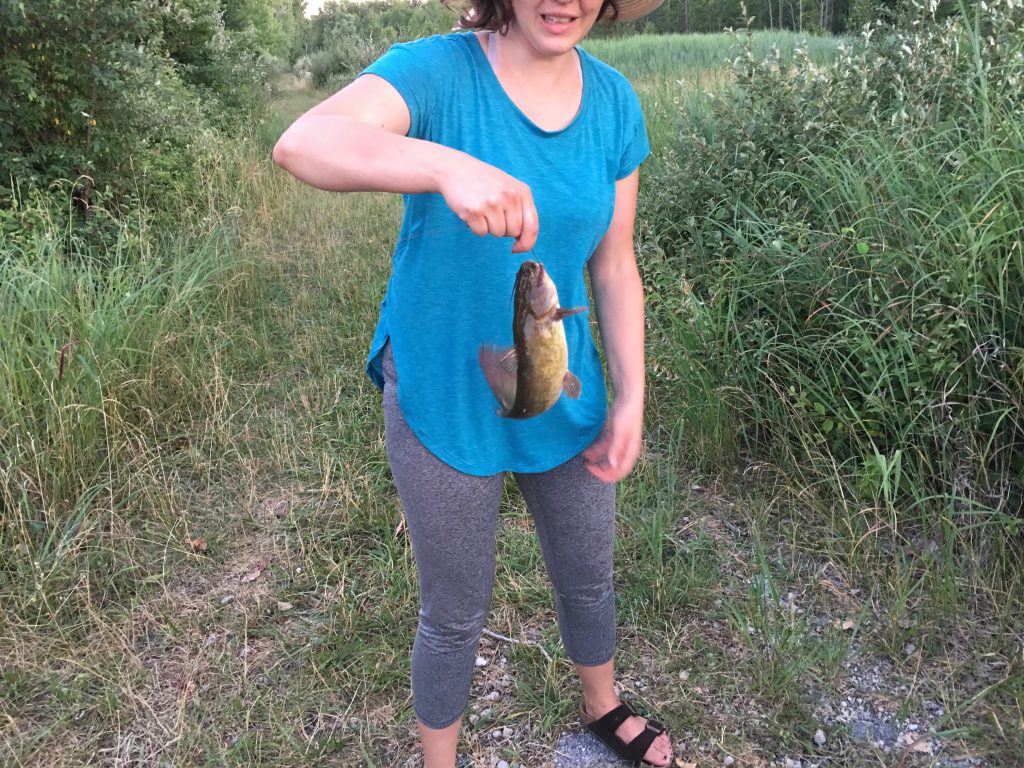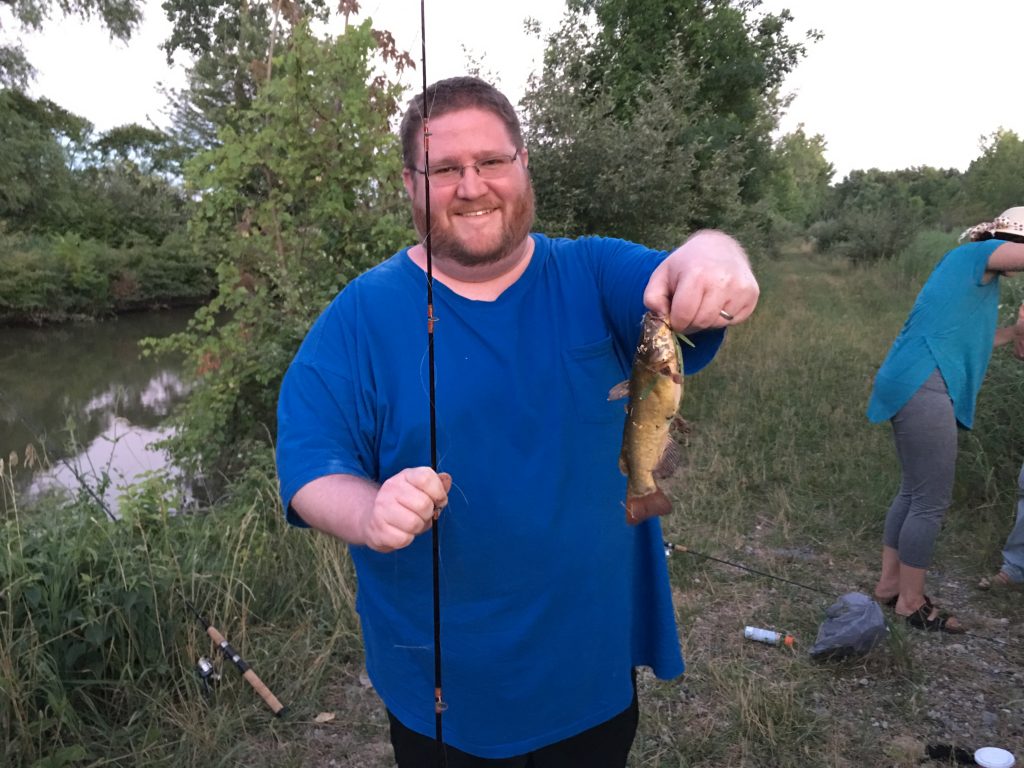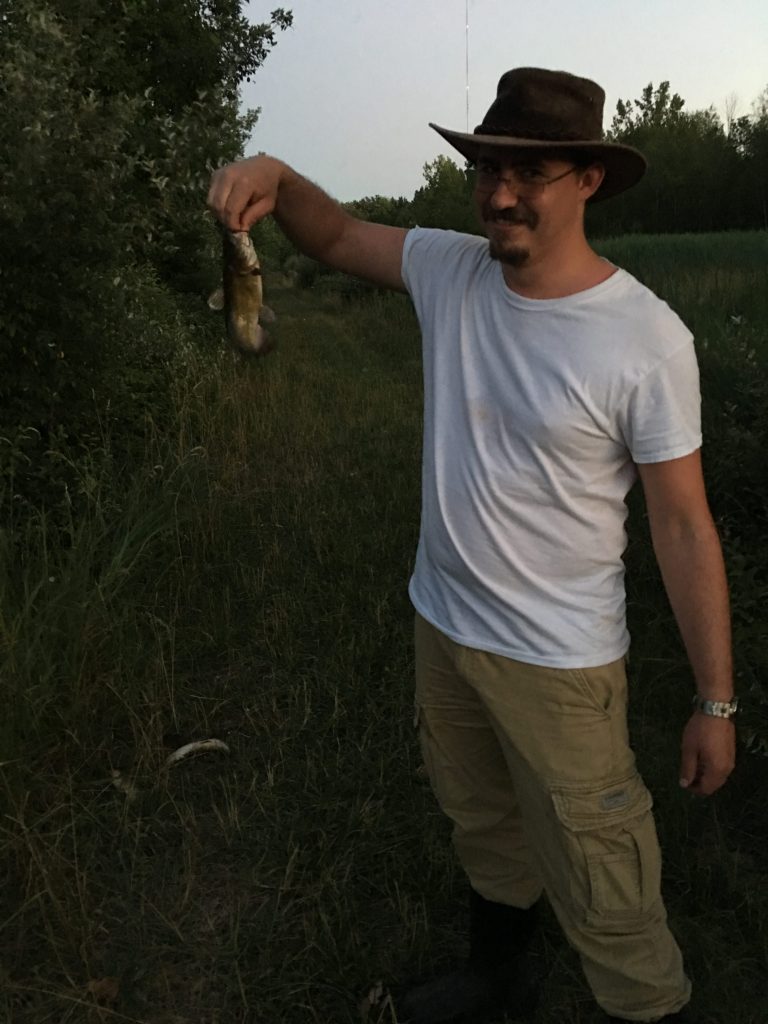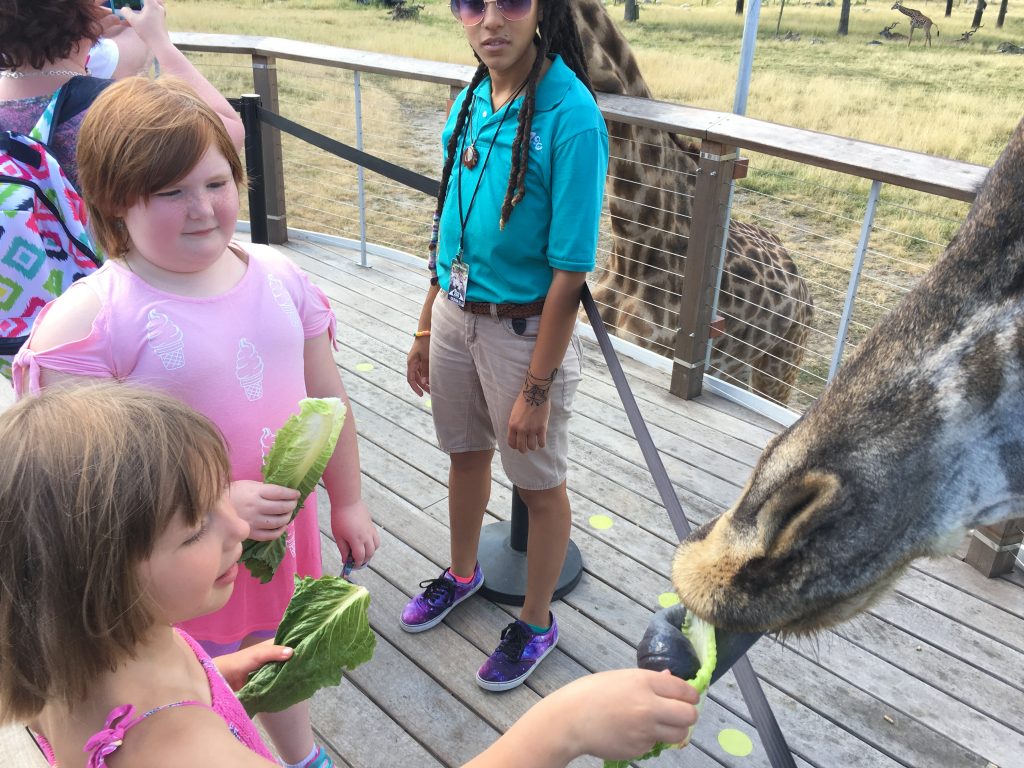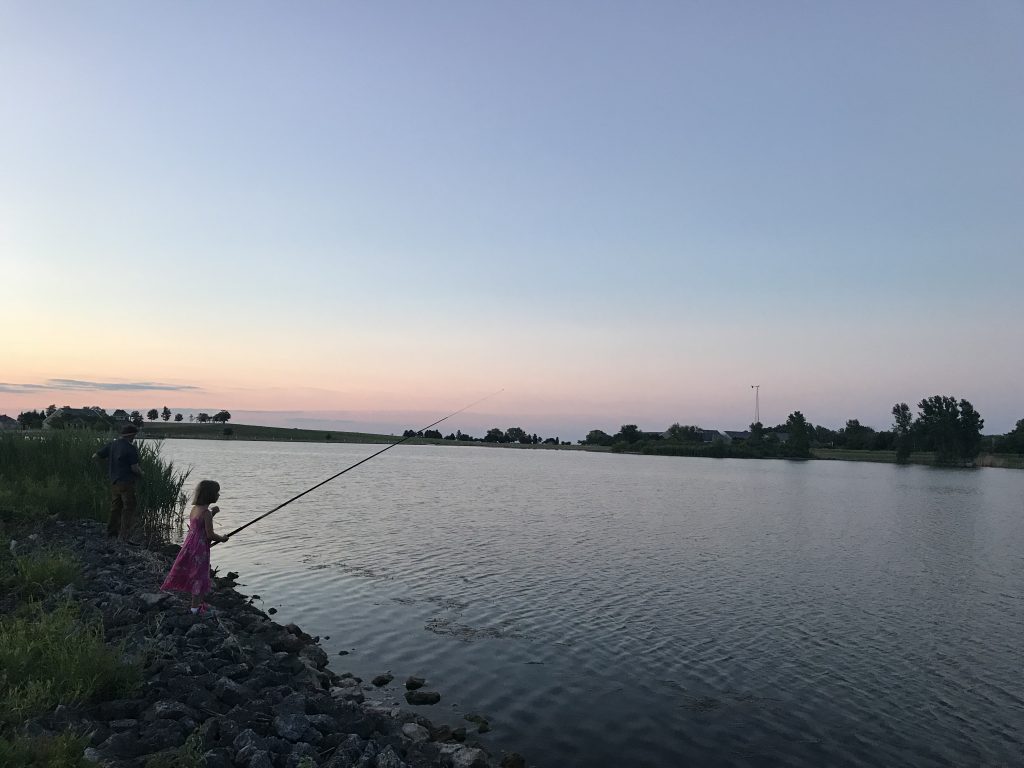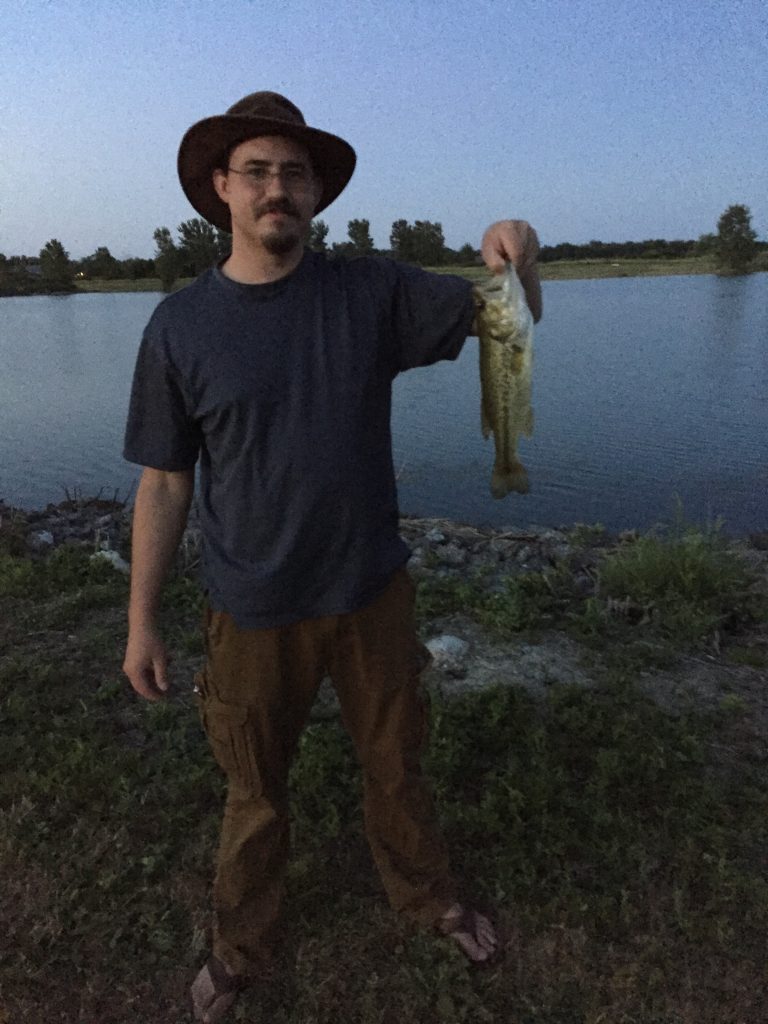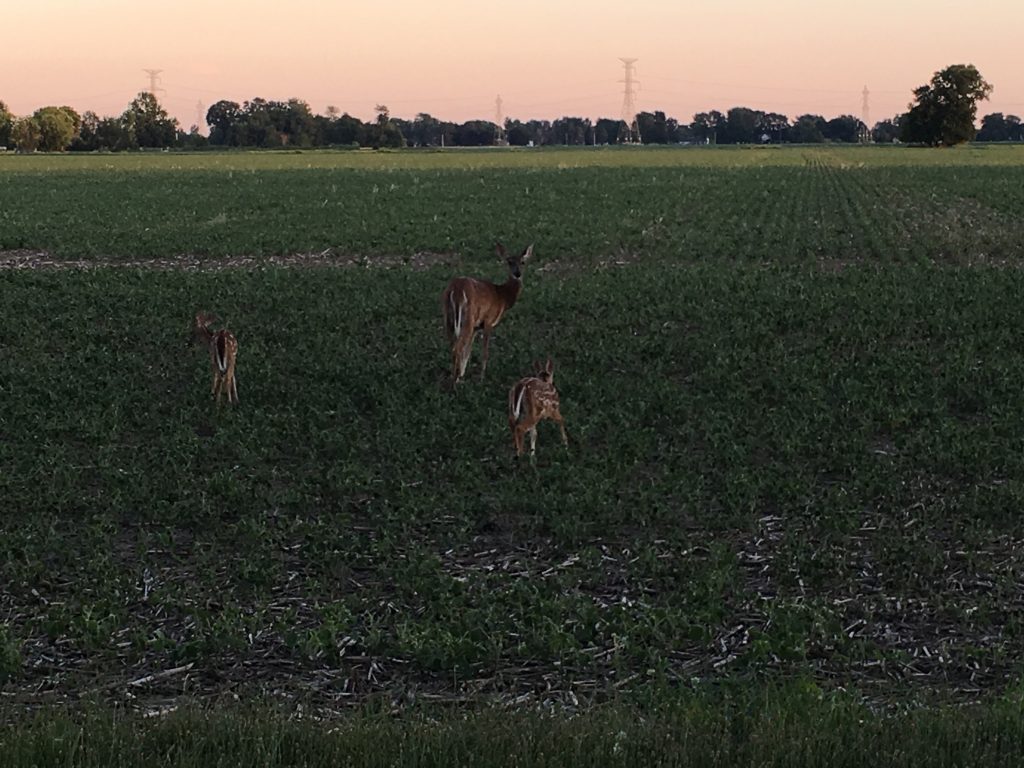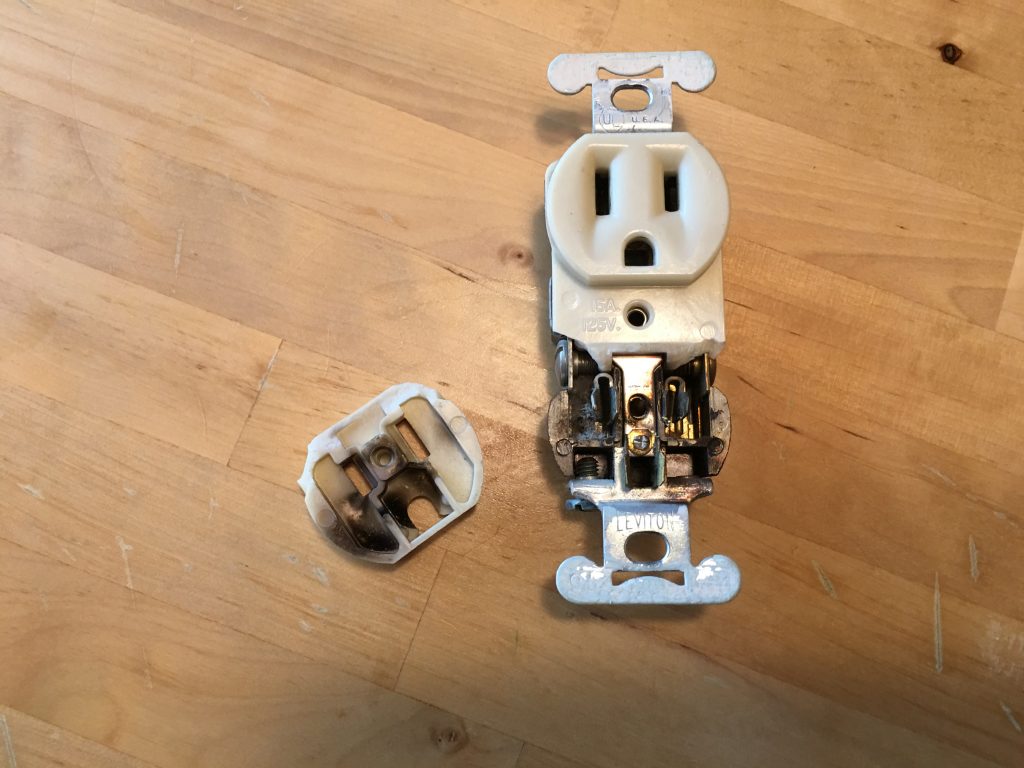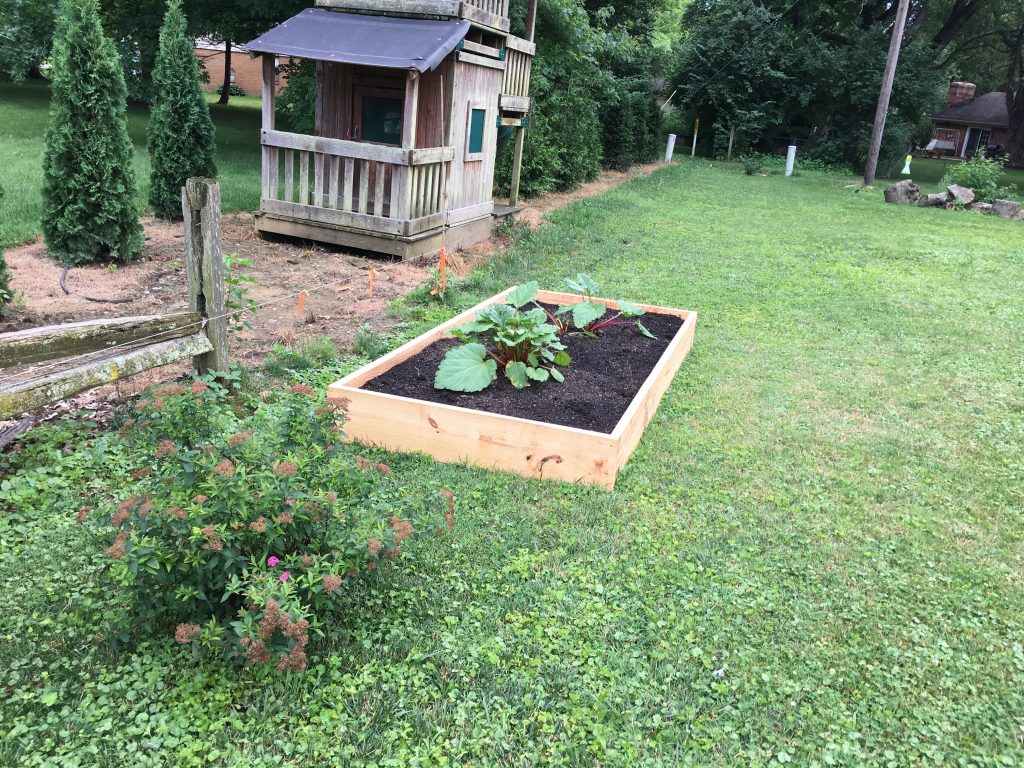My father was a farmboy. I’ve mentioned this before, but it warrants repeating. And I’m doing so because, amongst my contemporaries, having such a parent of this surprisingly uncommon background often creates discord when discussing what are “normal” habits and skillsets (as in, people really don’t like to go outside much).
One specific example–a debate which I frequently have–is the practice of carrying knives. My generation, the one that brought the world Columbine and the now apparently commonplace practice of mass shootings, developed a certain aversion to any form of weapon. Among these: knives. Even though, despite the association of knives with murder, most knives aren’t even designed to be effective at such a task. No–they’re tools, and the most versatile tools in existence (except anything marketed as “tactical”–an immediate sign that the knife is useless).
My father naturally always understood this, and saw fit that I did as well. So when I was 6, he gave me an Old Timer, canoe-style–probably the first kind of knife that every boy receives. And with it I also received the expected rundown on knife safety and proper use…and naturally cut myself repeatedly while disregarding this guidance. But I learned through trial and error, and despite having long-since lost that first knife (still sad about that), I’ve maintained the practice of always carrying a knife (except during those post-Columbine years where I had to pass through a metal detector at school each morning). And even now, in this absurd period of chronic “preparedness” and the Internet awash with articles on proper EDC (every-day carry) loadouts, when people wear braided bands of paracord on their wrists because “you never know when that 3 feet of string could save your life”, people still don’t carry knives. But I’m rambling. In short, I appreciate a good knife and, like my father, collect (and lose) them.
I also have a tendency to break them. The steel used in modern knives is invariably stainless. That’s fine for light use, and much lower-maintenance, but it’s too brittle and doesn’t hold up to punishment. And, they don’t seem to hold as sharp an edge–filing them down too far apparently breaks off the leading edge, so they can be generally sharp, but not really sharp. So the next time I found myself in a sporting goods store, I looked for a carbon variant. And, there were none.
So I asked the Old Man for input. Unfortunately, to his knowledge, carbon steel blades had been essentially phased out with modern designs, so if I were to acquire one, it wouldn’t be a convenient flip knife, and I’d have to shop around for an old one–“vintage”, as we affectionately call old things that are still desirable. I put the thought on hold as low priority.
Then Dad gave me a box of goodies. In it were arrowheads (for when I decide to finally shoot the neighbor’s kid), and a selection of knives. Two of these knives, fixed blades, immediately caught my fancy. They were certainly oxidized, but only in that they had a patina–no rust. They were also nicely sharp and didn’t need much attention. A few swipes with the ceramic, then the steel, and they were razors. I oiled them and set them on the table. They were cool, and functional, and obviously had some history behind them.
And I wanted to know more, so I spent a few hours researching. So, for any knife aficionados/historians, I will naturally share the results of my efforts. I haven’t vetted my sources, but I imagine they’re more or less accurate based on the lack of inconsistency:
#1: Schrade Old Timer 15OT
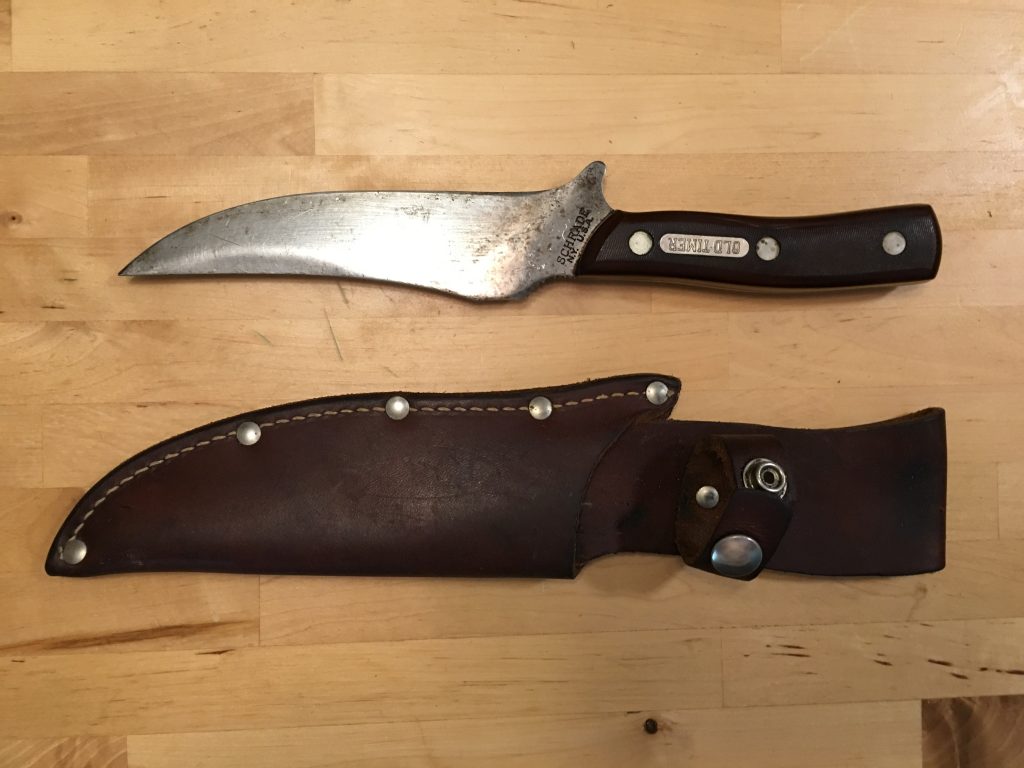
It was obvious from the look and feel that this was a large game hunting knife. It was also stamped with the model number, which made it easy to find (which also confirmed my assessment). It’s marketed as the Deerslayer.
Surprisingly, I couldn’t easily find a comprehensive backstory of the Old Timer brand. Currently, the IP is owned by Taylor Brands LLC, though it was formerly an Imperial Schrade brand (as Schrade Walden Cutlery Corporation) , who shut down in 2004. Prior to Taylor Brands LLC, Imperial Schrade had acquired the Schrade Cutlery Company, which itself dates back to its founding in 1903, so I’m assuming that the Schrade Cutlery Company was the Old Timer’s origin, though I can’t find this explicitly confirmed. And Schrade’s own history has a number of confusing business deals: licensing, asset sell-offs, ownership changes, etc., so the final verdict might be lost to time, or up for debate.1,2
But the knife was definitely not this old. I tracked down any info I could on the specific markings. The brand name wording and location of the stamps (no doubt a result of the aforementioned business deals), dates the blade to the later end of Schrade’s time, before Imperial Schrade Corp.’s 1985 consolidation/name change. I can’t nail down the exact timeframe, but it appears to be from 1974-1985, though it could be as late as the 1990s.
However, Dad mentioned that he found the knife while hiking, and based off of the relative time of that fateful event, I’d hazard to guess that this initial 11-year period estimate is accurate.
So to summarize, this knife is a model 15OT; manufactured by Schrade as the Schrade Walden Cutlery Corporation, under Imperial Knife, but prior to Imperial Schrade Corp., between 1974-1985; as part of the Old Timer line, and marketed as the Deerslayer. Not a bad find, and I can empathize with whoever lost it.
#2: Carl Anderssons Morakniv Jaktdolk Nr 29 B
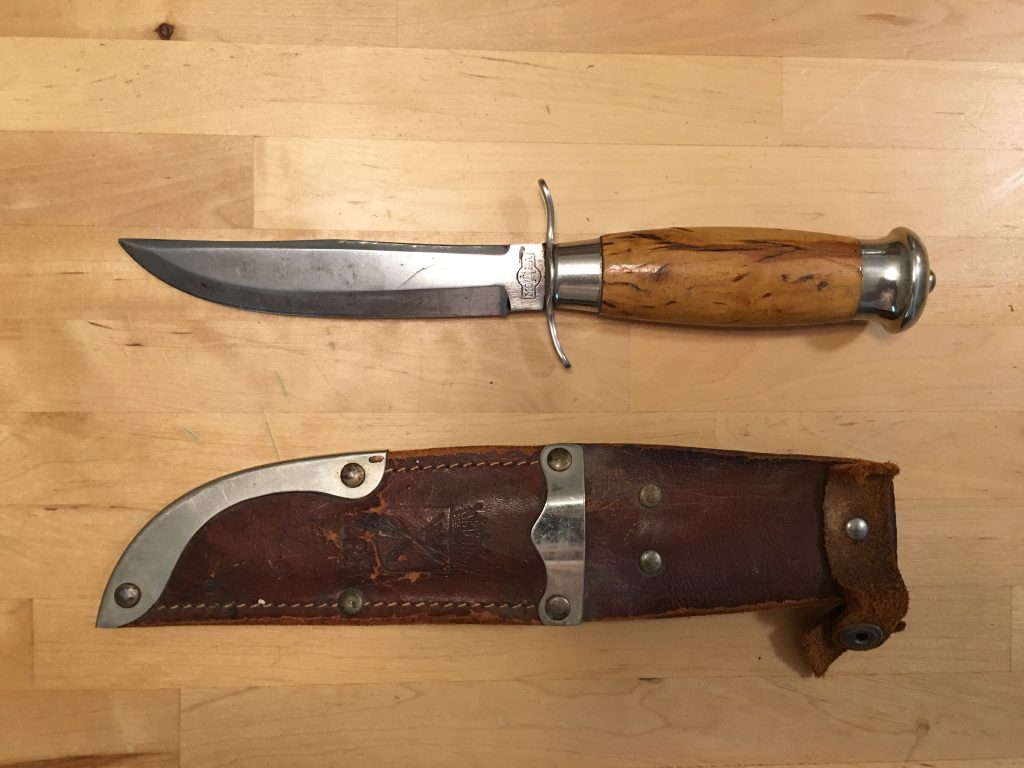
This second knife sported a multipurpose field design, similar to the Ka-Bar, though more stylized than a true combat knife. Its origin was also incredibly difficult to track down, though well worth the virtual journey.
I had a lot less to go on, too. The blade and scabbard were both stamped with the label “MORA”, with the scabbard including a symbol akin to a coat of arms, while the blade also included a C and A transposed over each other in the center of the MORA name (and what I eventually assumed to stand for “Carl Anderssons”). The right side of the blade was also stamped with “MADE IN SWEDEN”.
The trouble was that the MORA name didn’t indicate the manufacturer, but as it turns out, the city of Mora, Sweden wherein a variety of knife manufacturing companies operate. And as the knife did not include a model number, I had to go through each of the companies’ offerings.3
This was further complicated in that the name “Mora” no longer meant necessarily that the company was based in Mora, but rather Mora now indicates a style of knife, though still Swedish in origin.
During my research, the knife-wielding community spoke very highly of Mora knives. They were in agreement that Mora knives were of exceptional build quality and insanely cheap given what they offer. They’re also never found in American retailers, and have to be ordered. World economics make little sense to me sometimes. So American steel collapsed and everything’s imported from the lowest bidder, which of course means really cheap steel that breaks, but it’s still given a massive markup when they hit retailers, so I’d be spending twice on something significantly inferior to what I could order myself from Sweden. I even stumbled across a Boy Scout troop’s website during my search, and the scoutmaster was writing about how he orders Mora blades in bulk for the troop. So the Boy Scouts of America are using Swedish blades…
Naturally, these anecdotes only served to add legitimacy to my original displeasure with the stainless steel knives I had been using. Nice to know that I’m not alone.
Anyway, my search had hit a dead end, having found hundreds of knife designs but nothing that truly matched. But then I had the idea to try to find an image of the logo–the one stamped into the leather sheath. And, by the grace of search engine algorithms, I found a very close (though not exact) match.
I followed the image to its hosting site and discovered, with much elation, that the company who owned that matching logo (Morakniv) had preserved an archive of their catalogs.4
And there, on page 27 of their 1942 catalog, was the match. I went through all their catalogs, just in case, but there could be no doubt. Their next catalog in chronology was dated 1957, so that gives us the date range. The wooden handle and blade length probably preclude it from having been a Swedish WWII combat knife, but it’s fun to entertain the thought that it was around in those days, long before I ever came to be.
Morakniv apparently had its origins as a watch manufacturer, but abandoned watches in 1898 as that industry became dominated by America (go figure). So the owner switched initially to making wagon wheels, then to knives–an interesting and unintentional fate for a factory responding to supply and demand. The wiki site was in Sweedish, so I had to rely on Google Translator for this info.5
So to recap, this knife is a model Jaktdolk Nr 29 B; manufactured by Carl Anderssons Morakniv of Mora, Dalarna, Sweeden, between 1942 and 1957.
I’ve taken to carrying this one around the yard, though it’s a little big for gardening tasks such as harvesting cucumbers. But despite its age, it’d seem a shame to simply stash the thing in a drawer until I forgot about it, so I’d rather add to its lengthy and unknown history.
Dad says he picked it up at a garage sale, and I’d have to say that was an incredible find.
Ultimately, it’s not major crisis if a knife breaks “in the field”, as that simply constitutes my backyard, but it sure is annoying. I’m looking forward to giving these old carbon blades a try.
Thanks Dad!
–Simon
1https://www.knivesplus.com/OLD-TIMER-KNIVES.HTML
2https://en.wikipedia.org/wiki/Imperial_Schrade
3https://en.wikipedia.org/wiki/Mora_knife
4https://morakniv.se/en/vintage-catalogs
5https://sv.wikipedia.org/wiki/Morakniv
